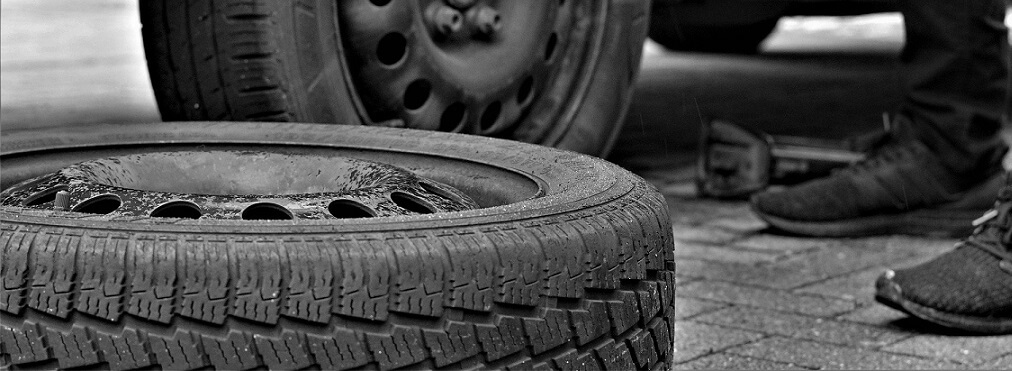


Can I change one tire?
When you require a tire replacement you will get to know about the "need" to replace a pair of them instead of one at that point. Why would that be, and is it truly needed?
In a few cases, replacing only one tire can be good enough, yet this is only when the remaining tires are genuinely new. It is often recommended to replace a pair of them. On a few all-wheel-drive vehicles (AWD), the producer may even suggest replacing all four tires.
Replacing all four tires - is it needed?
The tread difference can cause a new tire to wear out quicker than those that are older.
When you replace a single tire, it will rotate slowly compared to others. This can cause misleading signs to antilock stopping/braking mechanisms and footing (traction) control, leading to dangerous accidents. On all-wheel-drive vehicles (AWD), it can make the system engage for reasons unknown, wasting fuel, and harming the system in a worst-case scenario.
The new tire will have more footing than the obsolete one, which will affect your vehicle's conduct when accelerating, slowing down, or turning corners. This regularly lessens both its performance and security.
Lopsided tire wear can harm AWD frameworks, foothold control, and even the physical vehicle over a long period of time. It can likewise make your vehicle less proficient, decreasing gas mileage.
Continuously check with AWD vehicles as specific systems can create issues if there is a significant difference in wear from front to back. Nonetheless, your new tires should be a similar make and model as the ones now on the vehicle, which implies if those tires are not, at this point, accessible for reasons unknown, you should replace each of the four.
Most makers do suggest a full set of tires. Nonetheless, this is clearly more expensive. Ultimately, it merits running the numbers to check whether the expense of the tire rotation will save you money in the long run to make it worth doing. Additionally, keep in mind that your vehicle should be appropriately aligned to make sure that it will handle appropriately in the wake of replacing the tires. The other thing is that you can save a lot with shaved new tires. This implies that the tread is decreased to coordinate the other tire. While this will drop the tire's life and means it should be replaced simultaneously as the others; it tends to be a decent choice if
Ensure that your tires are appropriately filled with air to lessen wear and enhance both gas mileage and handling. Try not to depend on the tire-pressure checking framework, as it is only needed when you have significantly flat tires.